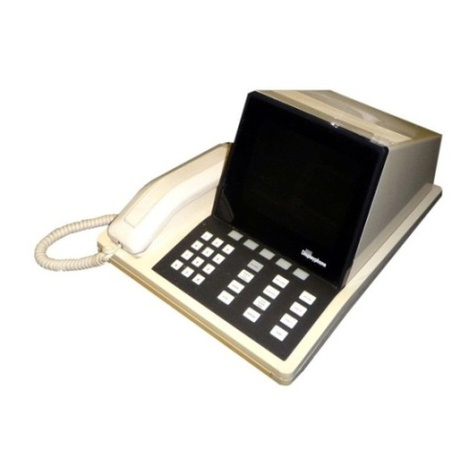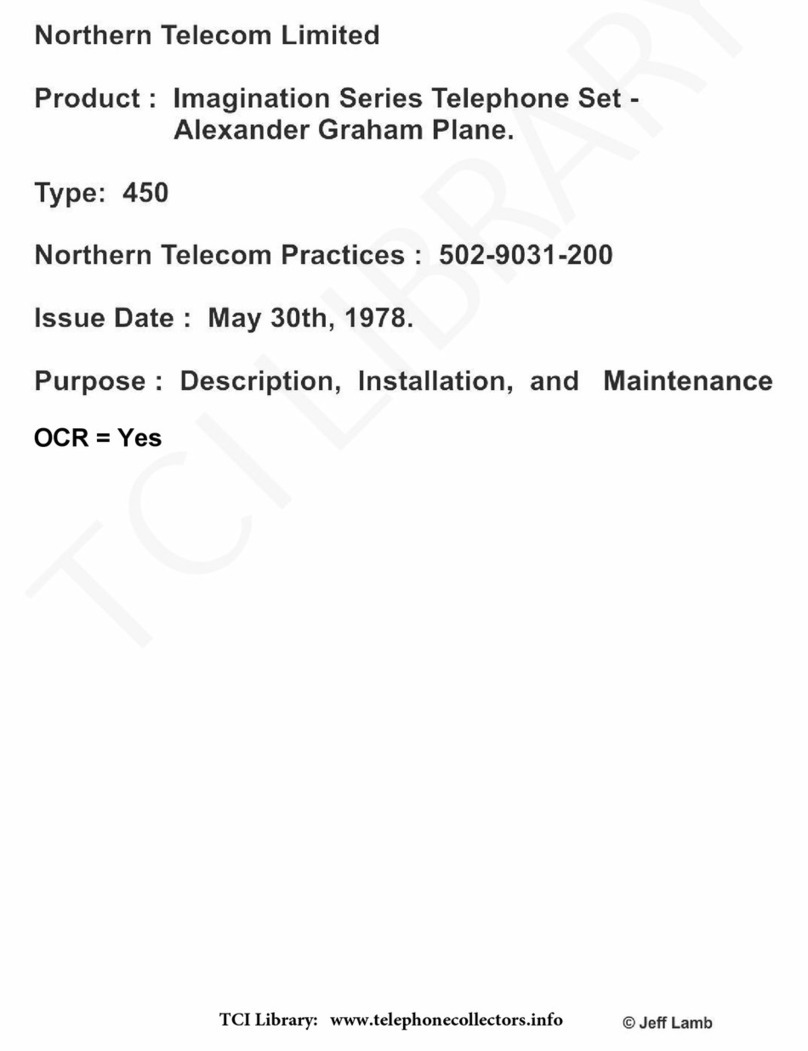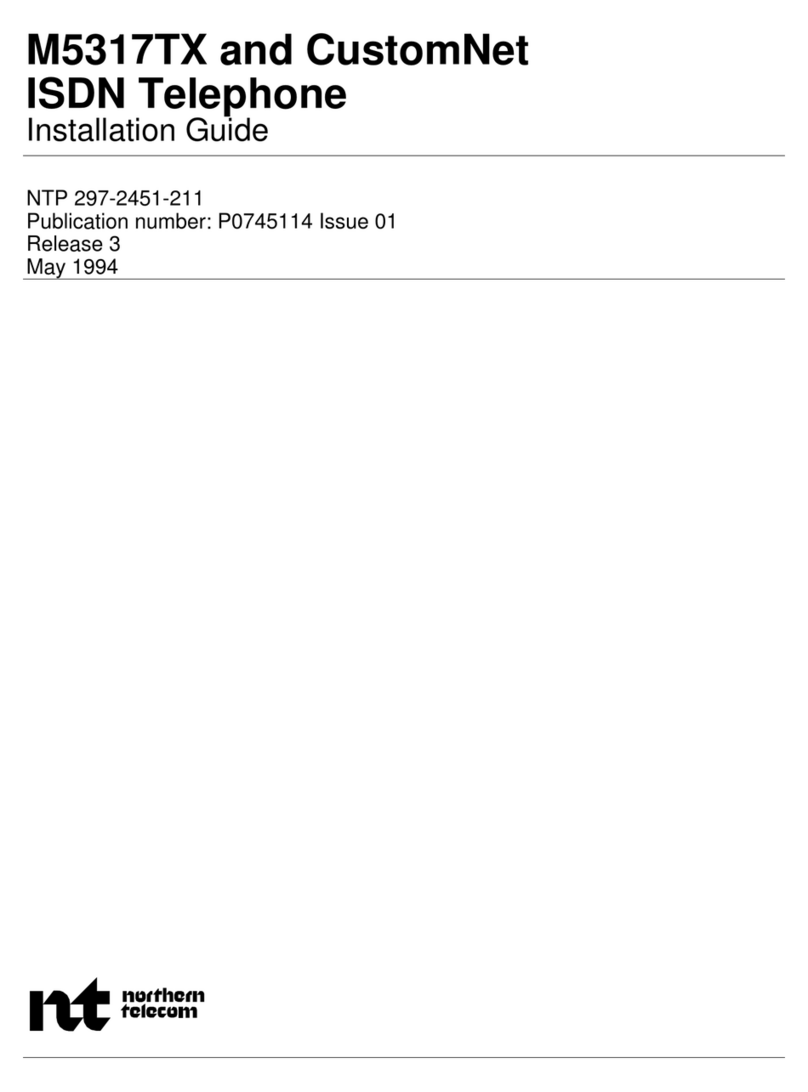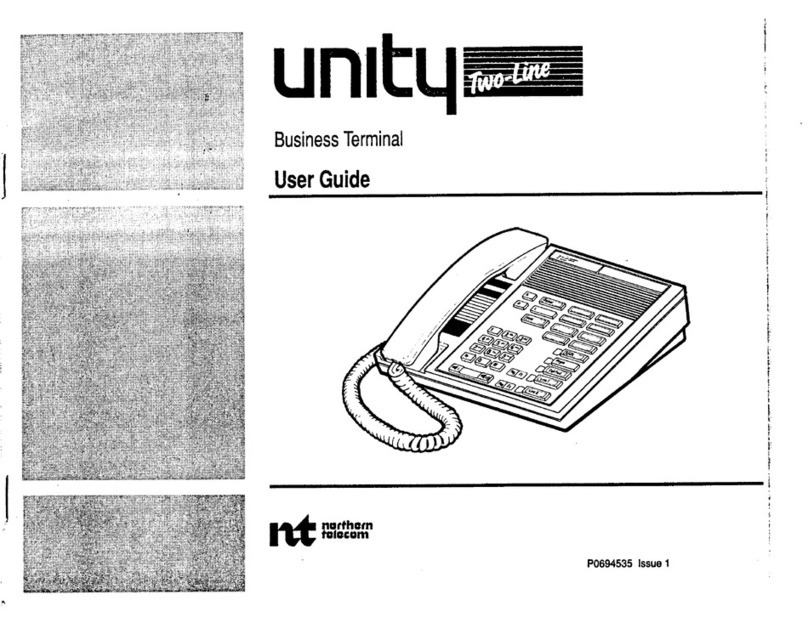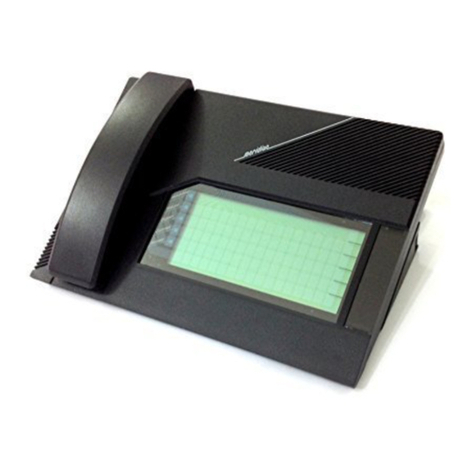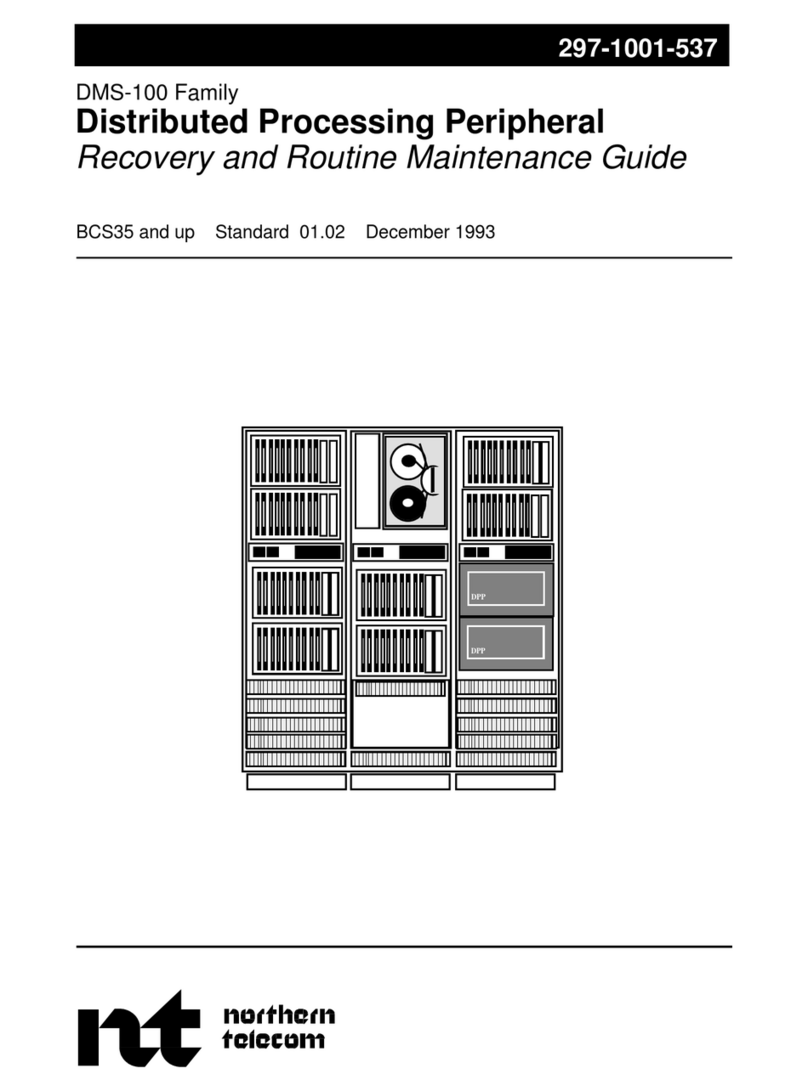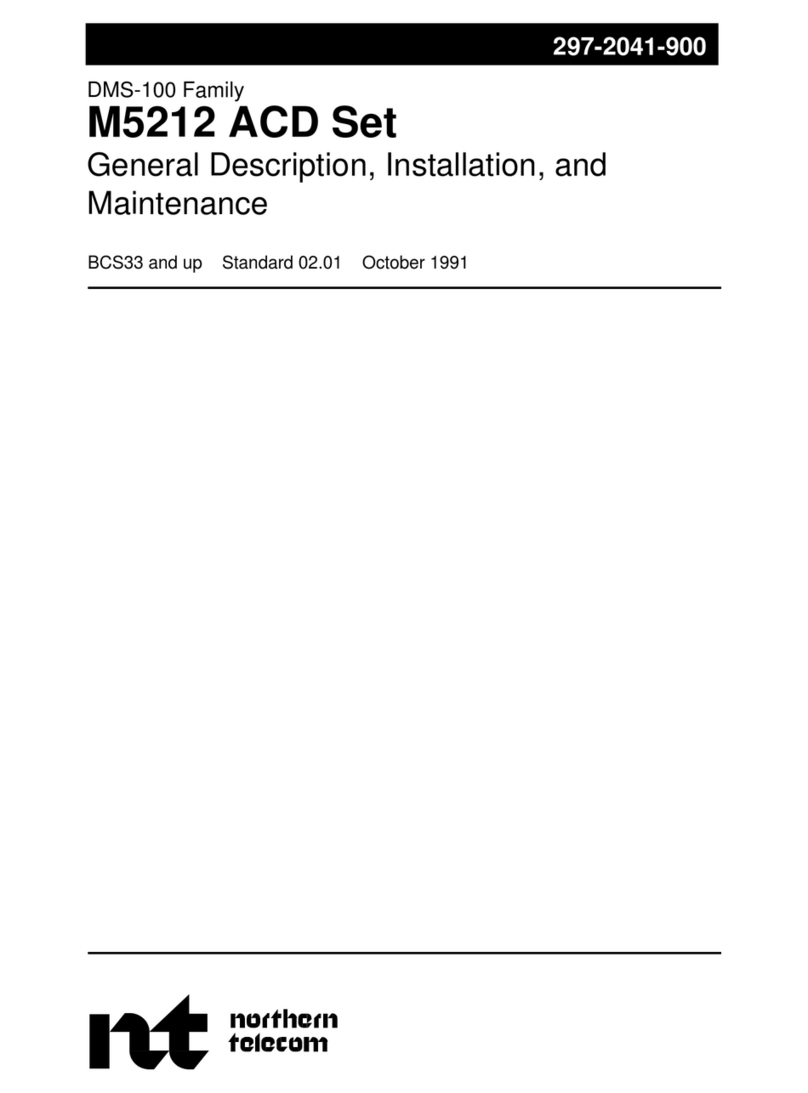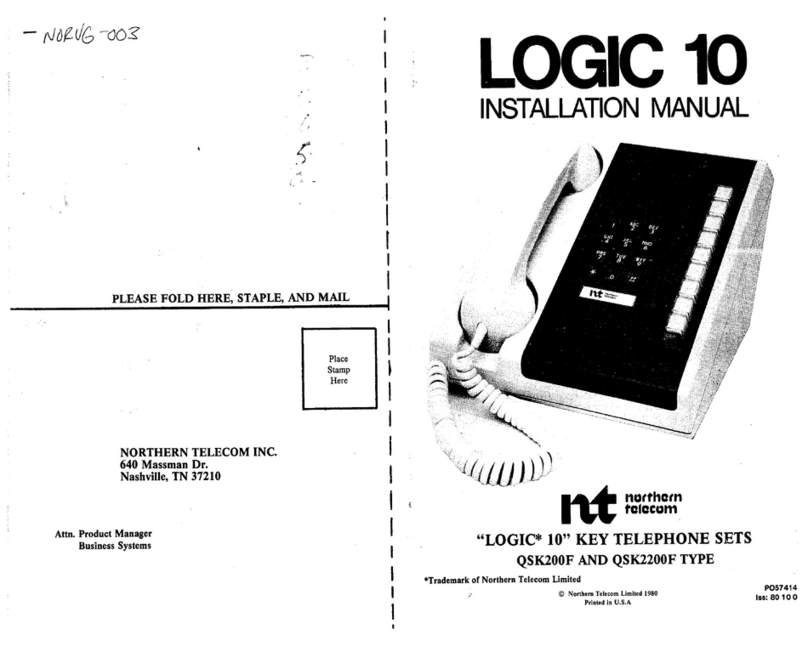
ii
/ Table of Contents
Compact ICS 4.0 System Coordinator Guide P0881596 Issue 02
Viewing information about a call on the display 32
Using Call Information for a particular call 32
Displaying Call Information before or after answering 33
Displaying Call Information for a call on hold 33
Making Call Display information appear automatically at a
telephone 34
Changing what information is shown first about a call 34
Picking up a call ringing at another telephone 35
Answering any ringing telephone using Directed Pickup 35
Answering any ringing telephone using Group Pickup 36
Changing a telephone’s pickup group 36
Trunk Answer 37
Answering a call using Trunk Answer 38
Answer buttons 38
Creating a Conference Call 39
Disconnecting one party 40
Independently holding two calls 41
Putting a conference on hold 41
Splitting a conference 41
Removing yourself from a conference 42
Listening to a call as a group 43
Canceling Group Listening 43
Using Handsfree/Mute 43
Answering calls without lifting the receiver 44
Making calls without lifting the receiver 44
Muting Handsfree 44
Changing a regular call to handsfree 44
Changing a handsfree to a regular call 45
Using Handsfree 45
Changing Handsfree for a telephone 46
Changing Handsfree Answerback for a telephone 47
Turning Privacy on or off for a call 48
Creating a conference by releasing privacy 48
Making a call private 48
Checking call length using Call Duration Timer 49
Disconnecting by accident 49
p0881596.book Page ii Wednesday, November 18, 1998 4:50 PM
